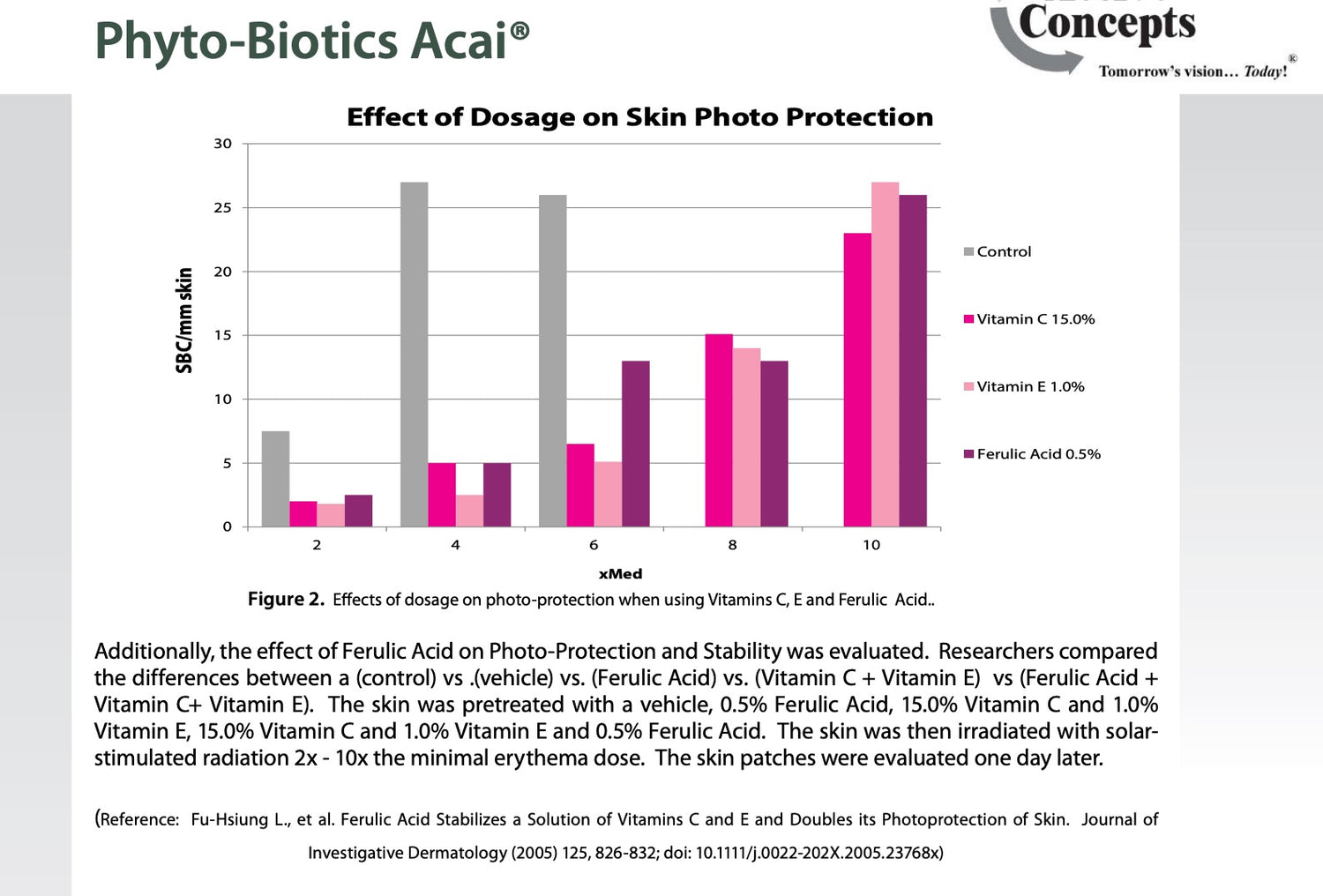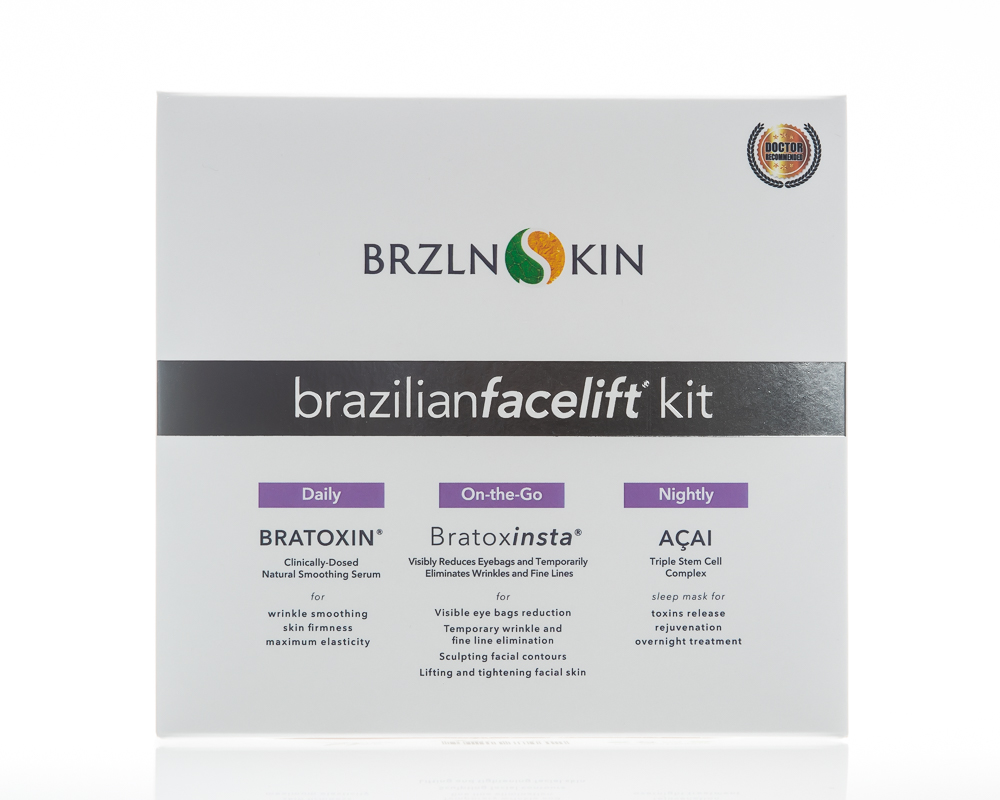Will a facelift make me look energetic once more? A facelift can take a very long time off your face if legitimately done. The restorative term for a facelift is rhytidectomy, which fundamentally signifies "evacuating wrinkles through a corrective medical procedure." The method is best on individuals who have free or listing skin that still holds great flexibility. A fruitful facelift activity will evacuate most facial wrinkles, smooth out the depressions alongside your nose, lift up listing cheeks, and make the lips and mouth look more full and progressively appealing.
Will a facelift evacuate every one of my wrinkles? Not all wrinkles can be evacuated through facelift medical procedure. The technique won't influence your forehead or the territories around your eyes. To settle those regions, you can get a temples lift or an eyelid tuck. You may likewise require some laser reemerging to evacuate more wrinkles.
Is it hazardous to get a facelift? Any surgery conveys some hazard. The most serious hazard is probably going to have an unfavourably susceptible response to the anesthesia. Patients with such a worry ought to counsel their specialist about options in contrast to getting a general anesthesia. There are additional dangers of unreasonable dying, contamination, and harm to the facial nerves. The most ideal approach to counter such dangers is to get a very qualified corrective specialist.
What occurs in facelift medical procedure? In the run of the mill facelift technique, the specialist lifts the patient's skin off the face, carefully fixes the basic facial tissues, and finishes the task by extending the skin back over the patient's face. Amid the system, the specialist fixes the more profound facial tissues by making lines, expelling or repositioning abundance facial tissue, and evacuating fat through liposuction. The patient needs to see the specialist again following 5 to 10 days to get the join out.
Is a facelift excruciating? The genuine task is performed under general anesthesia, so the patient ought not to feel torment. After the medical procedure, the patient will encounter agony and swelling for around three days, in some cases for up to seven days. If that torment proceeds past that time, that might be an indication of confusions.
Will my face be scarred? A facelift may abandon a few scars that will mend in time, ordinarily inside weeks. As a rule, any scars are situated in zones where they can without much of a stretch be concealed by hair or common facial wrinkles. A facelift may likewise abandon some wounding and deadness that will blur in the long run.
To what extent will the aftereffects of a facelift last? For individuals in their forties, the impacts of a facelift will keep going for around 10 years. For individuals in their sixties and more established, the impacts will last around 5 to 8 years.
Most facial muscles are connected firmly to the basic bone and moving them would not exclusively be exceptionally troublesome yet would not have any positive advantage. There is just a single muscle that is regularly fixed in a facelift and that is the platysma muscle in the neck, which is frequently isolated because of maturing. It is never lifted essentially, however, it is fixed in the centre, starting from the chin to Adam's apple, to help hone the neck point.
The layer underneath the skin that patients misjudge as a muscle being moved is really an alternate issue out and out. Between the skin and the muscles is a layer of tissue known as the SMAS. This is an abbreviation for a progressively anatomic name yet for straightforwardness of understanding think about the SMAS as another layer of skin underneath. This layer can be raised up off the muscles and re-suspended up higher on the face. The mix of SMAS and skin fixing together, by and large, improve for a facelift result that may last to some degree longer.
There is an extraordinary debate in plastic medical procedure about how to most adequately manage the SMAS amid the facelift activity. Numerous facelift specialists tout their very own methods and may even have their very own names for their 'type' of facelift dependent on their rendition of SMAS control. While SMAS the executives in any type of a facelift is an or more, there is no demonstrated better strategy for what than do with it. On the off chance that one single SMAS facelift procedure was really best, we as a whole would utilize it.
In a facelift, the fundamental issues that are controlled are the SMAS layer, not muscles. SMAS fixing does generally improve for a facelift result that is progressively solid. In any case, time and maturing will inevitably outlive any facelift result regardless of how it is finished. Also, the general objective for most patients is to at last outlast their facelift result....or in any event, I would think so.
Also read about why people don't get facelifts anymore.




